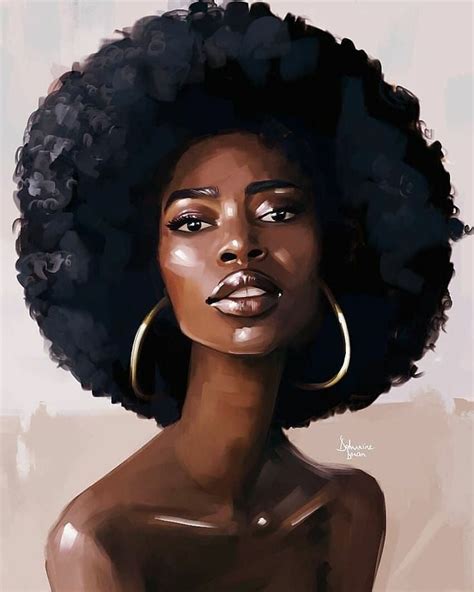Black hair, a captivating symphony of hues, has captivated imaginations for centuries. From the enigmatic allure of ancient Nubian queens to the rebellious flair of contemporary punk rockers, black hair has been a canvas for self-expression, cultural identity, and artistic exploration.

The Science of Black Hair
Black hair owes its distinctive color to an abundance of melanin, a pigment found in hair follicles. Melanin protects hair from sun damage and gives it strength and durability. Interestingly, black hair is not actually black but rather a complex blend of dark brown and blue pigments.
Black Hair Color Spectrum
While “black hair” may evoke a singular image, the reality is a vibrant spectrum of shades:
- Pitch Black: The darkest shade, reminiscent of the night sky and known for its intensity.
- Blue-Black: A deep, raven hue with subtle blue undertones, creating an ethereal effect.
- Brown-Black: A warmer black with brown undertones, offering a softer, more natural look.
- Charcoal: A smoky, gray-black shade that adds an edgy touch to any ensemble.
- Ebony: A lustrous, jet-black hue that exudes sophistication and elegance.
Cultural Significance of Black Hair
Black hair has held profound cultural significance throughout history:
- In ancient Egypt, black hair was associated with royalty and divinity.
- In Africa, black hair is a symbol of strength, beauty, and individuality.
- In the Americas, black hair has played a central role in the African diaspora, shaping hairstyles and cultural practices.
Black Hair Color Trends
Black hair has never been more fashionable than it is today. Recent trends include:
- Natural Textures: Embracing the natural curls, waves, and coils of black hair.
- Bold Colors: Adding vibrant highlights or streaks of color to black hair, creating eye-catching contrasts.
- Undercuts and Shaves: Shaving or cutting portions of the hair to create striking designs and patterns.
- Extensions and Weaves: Adding length, volume, or color to black hair with extensions or weaves.
Caring for Black Hair
Black hair requires specific care to maintain its health and beauty:
- Moisturize: Black hair tends to be dry, so regular moisturizing is essential.
- Avoid Heat Styling: Excessive heat can damage black hair, so use heat styling tools sparingly.
- Protect from Sun: UV rays can fade black hair, so protect it with a hat or hairspray with UV protection.
- Trim Regularly: Regular trims remove split ends and promote healthy hair growth.
Creative Applications of Black Hair
Beyond its aesthetic appeal, black hair can inspire innovation and creative thinking:
- Hair Art: Using black hair as a canvas for intricate designs and patterns.
- Hair Extensions: Creating realistic and seamless extensions using human hair with similar texture and color to black hair.
- Fashion Accessories: Designing headwear, jewelry, and other accessories that complement black hair.
Statistical Insights
- According to a 2022 study by Mintel, 27% of women in the United States have black hair.
- In a survey by the International Journal of Cosmetic Science, 65% of respondents reported that black hair requires more moisture than other hair types.
- A 2021 report by the Environmental Protection Agency found that African American women spend an average of $7 billion annually on hair care products.
Useful Tables
Table 1: Black Hair Shades
| Color | Tone | Description |
|---|---|---|
| Pitch Black | Darkest | Intense, midnight blue undertones |
| Blue-Black | Deep | Raven hue with ethereal blue undertones |
| Brown-Black | Warm | Soft, natural look with brown undertones |
| Charcoal | Smoky | Edgy, gray-black shade |
| Ebony | Lustrous | Sophisticated, jet-black hue |
Table 2: Black Hair Trends
| Trend | Description |
|---|---|
| Natural Textures | Embracing curls, waves, and coils |
| Bold Colors | Adding vibrant highlights or streaks |
| Undercuts and Shaves | Shaving or cutting portions of hair |
| Extensions and Weaves | Adding length, volume, or color |
Table 3: Black Hair Care Routine
| Step | Description |
|---|---|
| Moisturize | Use products designed for dry hair |
| Avoid Heat Styling | Limit use of heat styling tools |
| Protect from Sun | Use hats or hairspray with UV protection |
| Trim Regularly | Remove split ends and promote healthy growth |
Table 4: Black Hair Industry Insights
| Statistic | Source |
|---|---|
| 27% of women in the US have black hair | Mintel, 2022 |
| 65% of respondents say black hair requires more moisture | International Journal of Cosmetic Science, 2022 |
| African American women spend $7 billion on hair care products | Environmental Protection Agency, 2021 |
